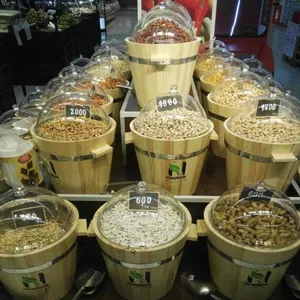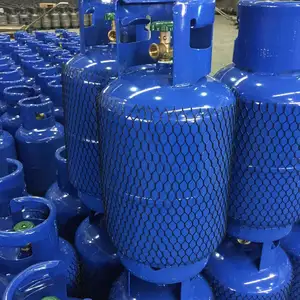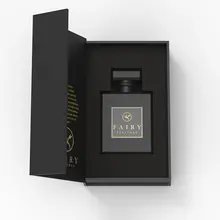Exploring the Versatility of Blue Barrels
The term blue barrel refers to a specific category of industrial containers known for their distinctive color and utility. These barrels are prevalent across various sectors, serving multiple storage and transportation purposes. With a focus on sustainability, blue barrels are often designed to be recyclable, aligning with eco-friendly practices and supporting industries in achieving their environmental goals.
Types and Materials
Blue barrels come in an array of materials, each selected for its durability and suitability for different contents. Among the most common materials are high-density polyethylene (HDPE) and linear low-density polyethylene (LLDPE), both recognized for their resilience and food-grade safety. These materials ensure that the barrels can securely store a variety of goods, from industrial chemicals to consumable products, without compromising the integrity of the contents.
Applications and Features
The application of blue barrels is extensive, ranging from the containment of liquids and solids to serving as a component in larger manufacturing processes. Their features include resistance to impact, airtight seals, and resistance to various chemicals, making them a reliable choice for harsh environments. Additionally, the uniform color of blue is often used to signify potable water storage or safe chemical containment, aiding in the quick identification of contents for safety and convenience.
Advantages of Blue Barrels
One of the primary advantages of using blue barrels is their contribution to sustainable practices. The recyclable nature of these barrels means they can be repurposed, reducing the need for single-use containers. Furthermore, their robust construction allows for repeated use, which is both cost-effective and environmentally beneficial. The adaptability of blue barrels also means they can be easily integrated into various systems, such as rainwater collection or waste management solutions.
Choosing the Right Blue Barrel
Selecting the appropriate blue barrel for a specific need requires consideration of factors such as capacity, material composition, and the type of lid or closure system. Barrels designed for food-grade materials, for instance, must meet stringent regulatory standards to ensure safety. For industrial use, barrels may need to have additional features like UV protection or reinforced structures to withstand extreme conditions.
Environmental Impact and Recycling
The environmental impact of blue barrels is mitigated by their recyclable properties. Manufacturers and users alike are encouraged to consider the life cycle of these barrels, promoting a circular economy where materials are kept in use for as long as possible. The ease of cleaning and repurposing these barrels also contributes to their eco-friendly status, making them a preferred choice for businesses looking to minimize their ecological footprint.








































 浙公网安备 33010002000092号
浙公网安备 33010002000092号 浙B2-20120091-4
浙B2-20120091-4